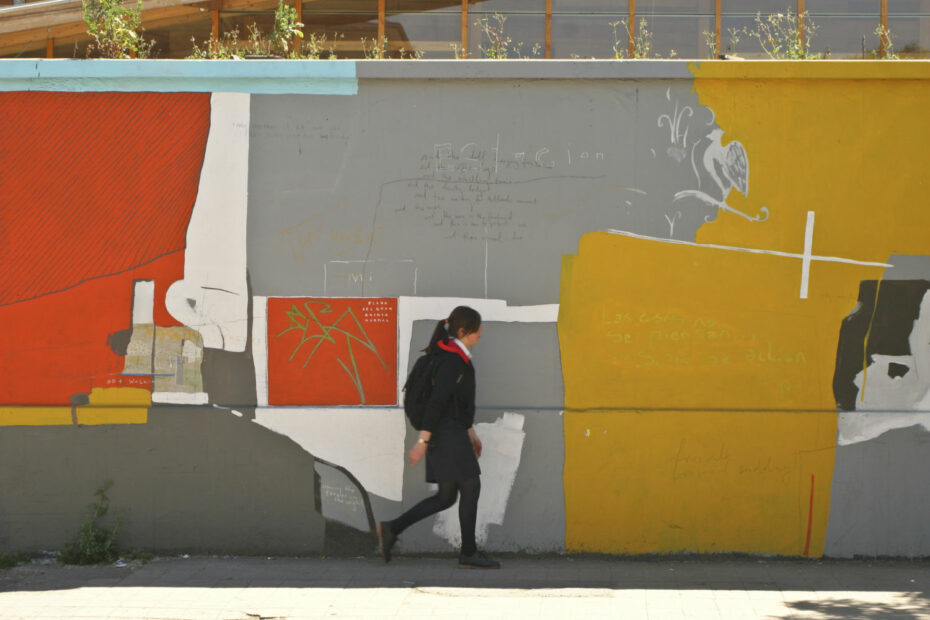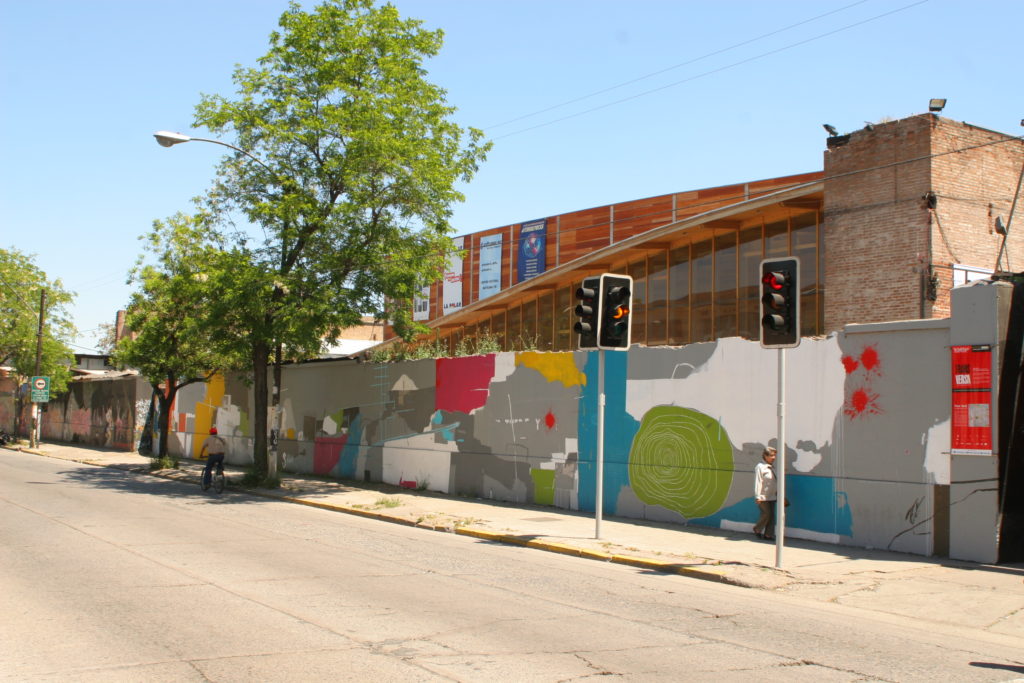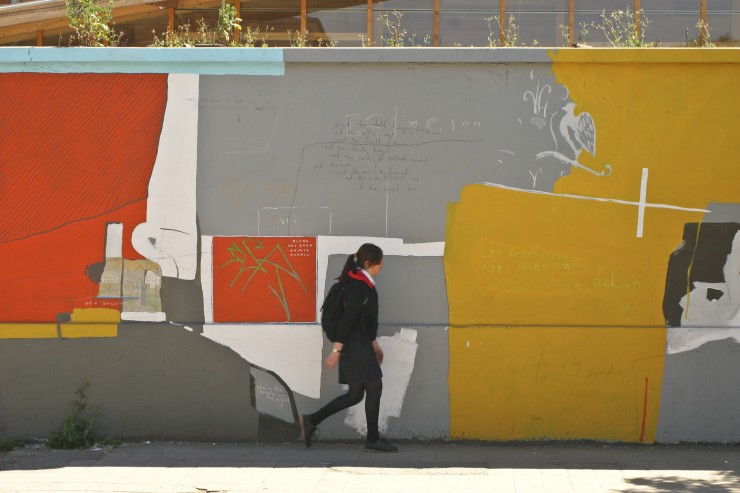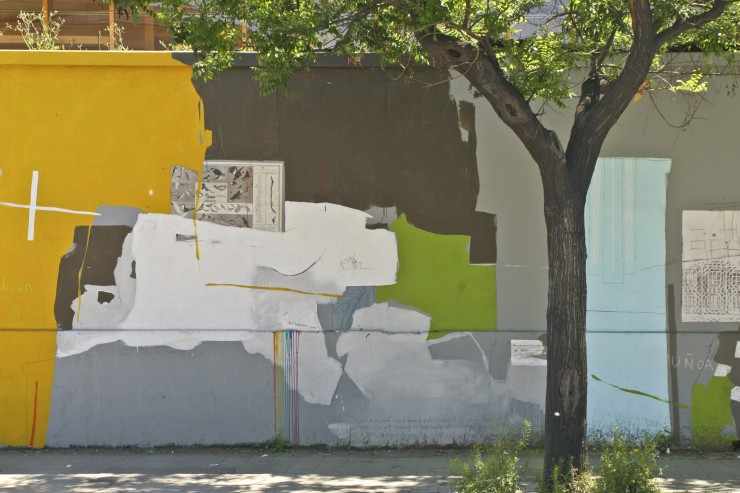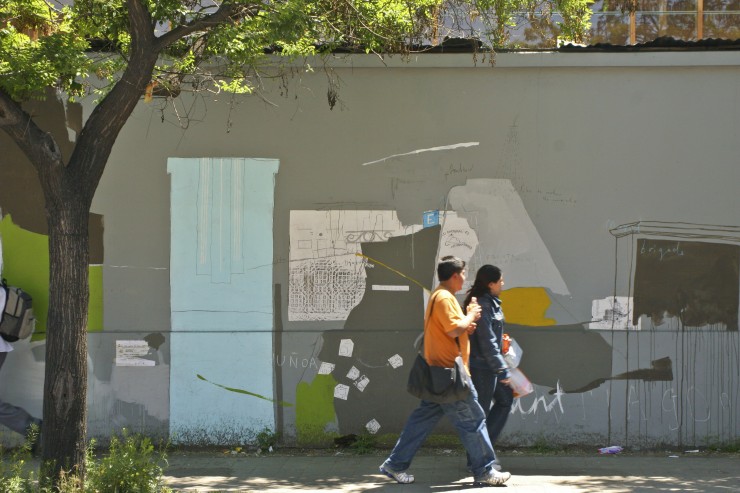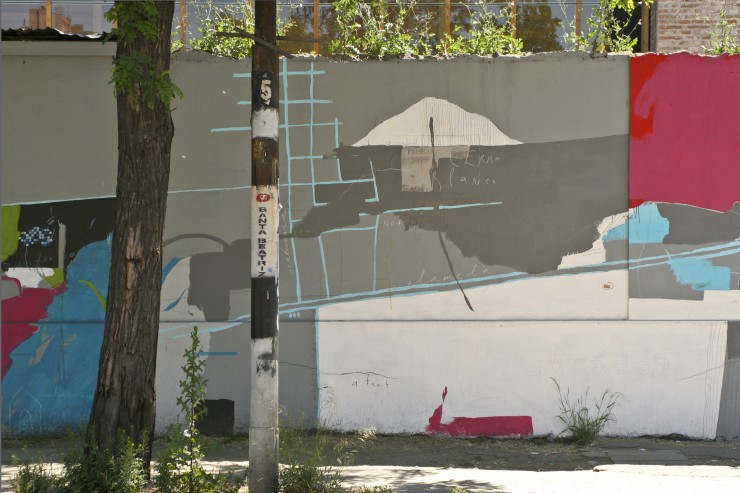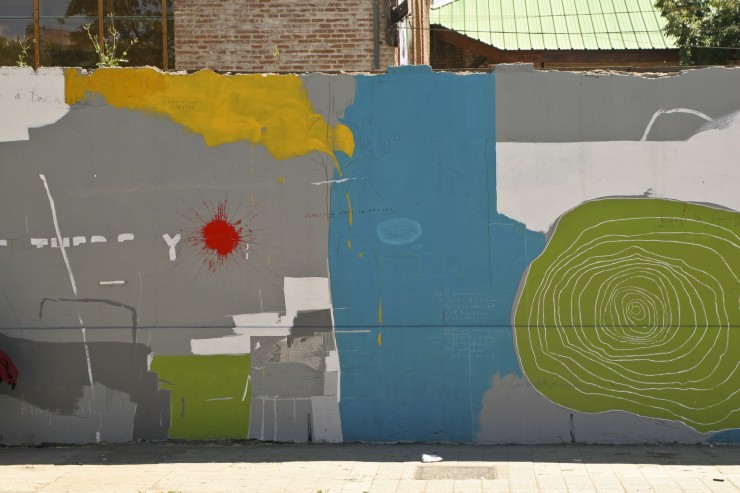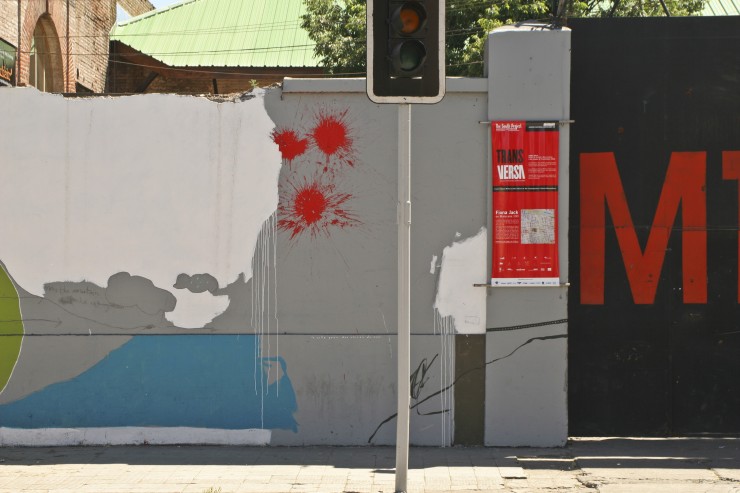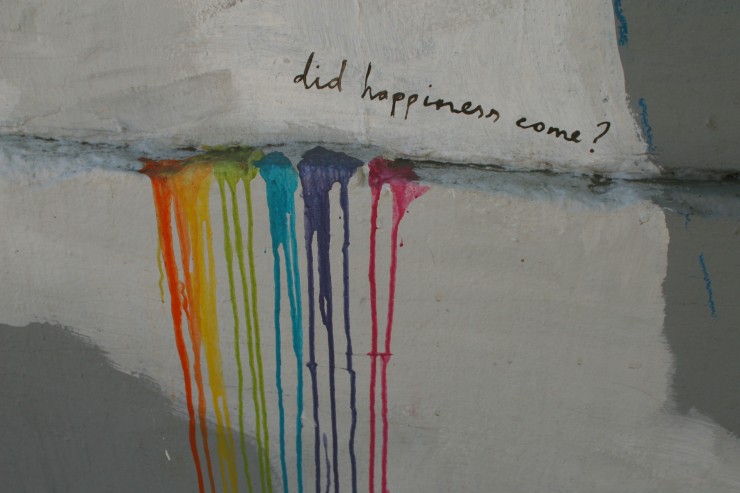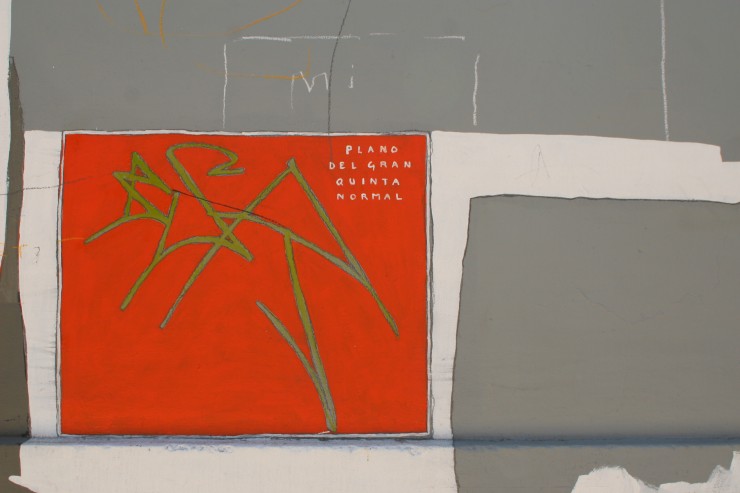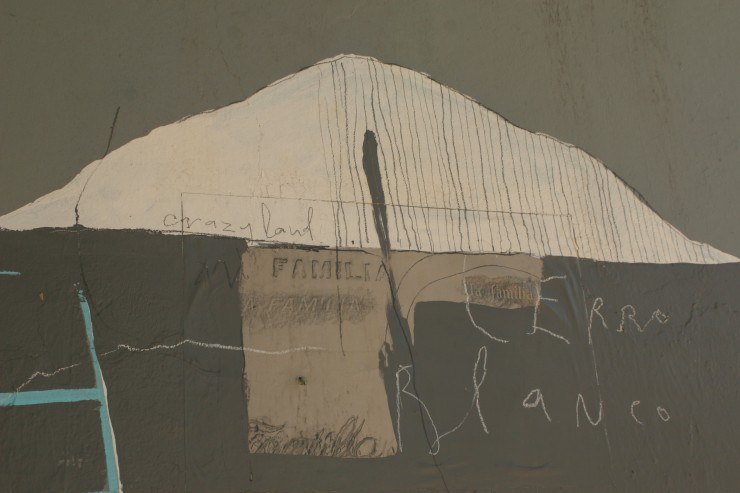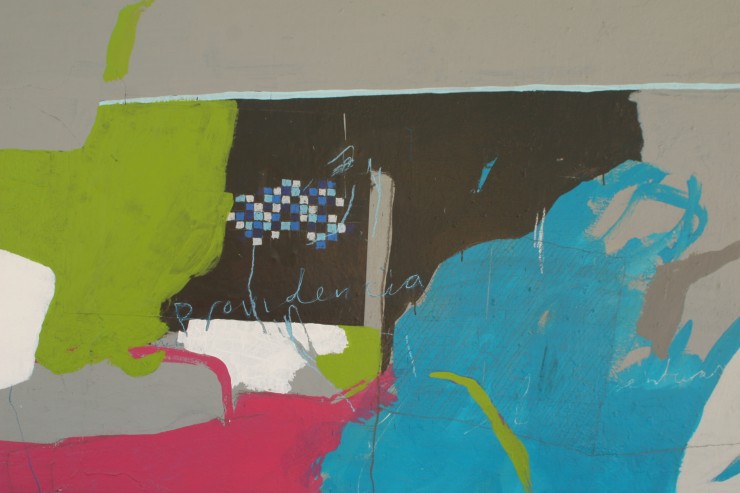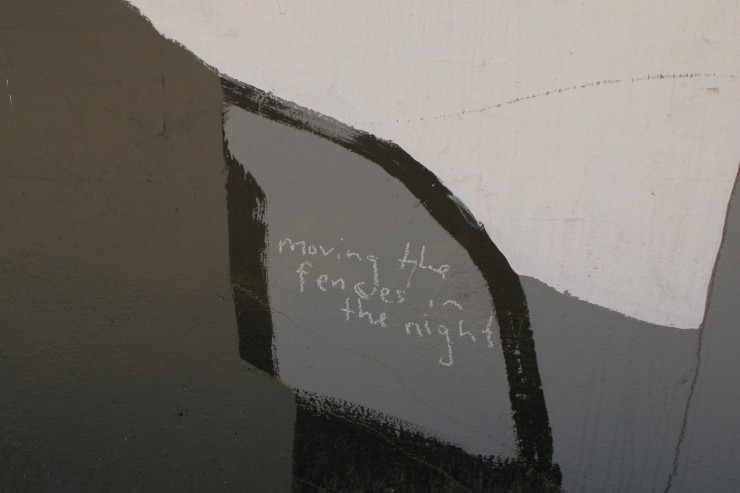Centro Cultural Matucana 100, 2006. As part of the Trans Versa exhibition, The South Project.
A line that goes from the beginning until the end
Text by Camilo Yanez (translated from Spanish)
From that time before fax, internet, mobile phones and notebooks with WIFI, I remember a game that kids used to play, which consisted in the creation of a communication artifact. It was made of simple materials, two plastic glasses and one long piece of cotton thread. The glasses were perforated on the base, the thread passed through and then a knot was made, in order to keep both of the threads joined. The device worked thanks to the tension of the thread, transmitting the waves of sound that one emitted with the glass in its mouth, and that another one listened putting the glass in its ear the hole. Though it was simple and basic, it worked, making the users overcome the distance, establishing some kind of protocol with the clear intention of communicating themselves.
I think about the Transversa Project under the same logic: through a huge invisible thread a stable state, more than a communication protocol, was achieved: a communication state. Almost all of the works reached their final crystallization, with the feedback that produced the in situ situation in Santiago de Chile. Transversa was an open project that played the open way, and that established as the central logic a genuine desire of interchange.
Transversa generated a series of relationships that were connected to each other –some of them programmed, some fortuitous- that in almost four weeks were able to multiply and strengthen. Fiona Jack’s work, in the huge exterior wall of Centro Cultural Matucana 100 used those principles, conquering in this way it’s own constructive poetic.
From a map of Santiago, Fiona randomly dropped a certain amount of corn grains, these grains indicated distant and diverse places that she had to investigate and to know, according to her initial working program.
Fiona visited the pointed places, registered and wrote down some notes; she made sketches and pasting, digital photos, photoshop works, underlined some texts, developed technical data and infinity of steps that were edited every day to form part of the artwork. The fugacity of every new fact and its latency in the immediate memory constituted a main part of her artwork on the wall.
Neither abstract nor figurative, the artwork was a formal cartography full of intimate anecdotes that rapidly acquired features of universality. The mural work of Jack overflowed its own way of operating proposing a new visual in the area, different from grafittis, political publicity or poster pasting.
At first sight the enormous wall did not impose its presence in the street, on the contrary, it discovered itself step by step. With the color, figuration and textuality the artwork showed its intention of being a new trace, formally and conceptually speaking. A bidimensional painting, that represented a multidirectional circulation and communication system, whose depth of perspective was given by the experience of the artist, in the place where the artwork was made.
More than once, during the elaboration of the mural, different persons wrote or draw over the work, and Fiona,instead of covering and hiding, marked and pointed those interventions, as a way of accenting the interaction of others on her work.
There’s no doubt that Fiona Jack’s artwork managed to specify an invisible line from the origin place to the destiny place, in the same way that the sphere of Pascal raised by Borges, the work managed to have its center everywhere and its perimeter anywhere.
Camilo Yañez. Artist and Curator. Cobquecura, January 2007.
